Home>Garden Essentials>Garden Plants>How To Dry Out Thyme Leaves
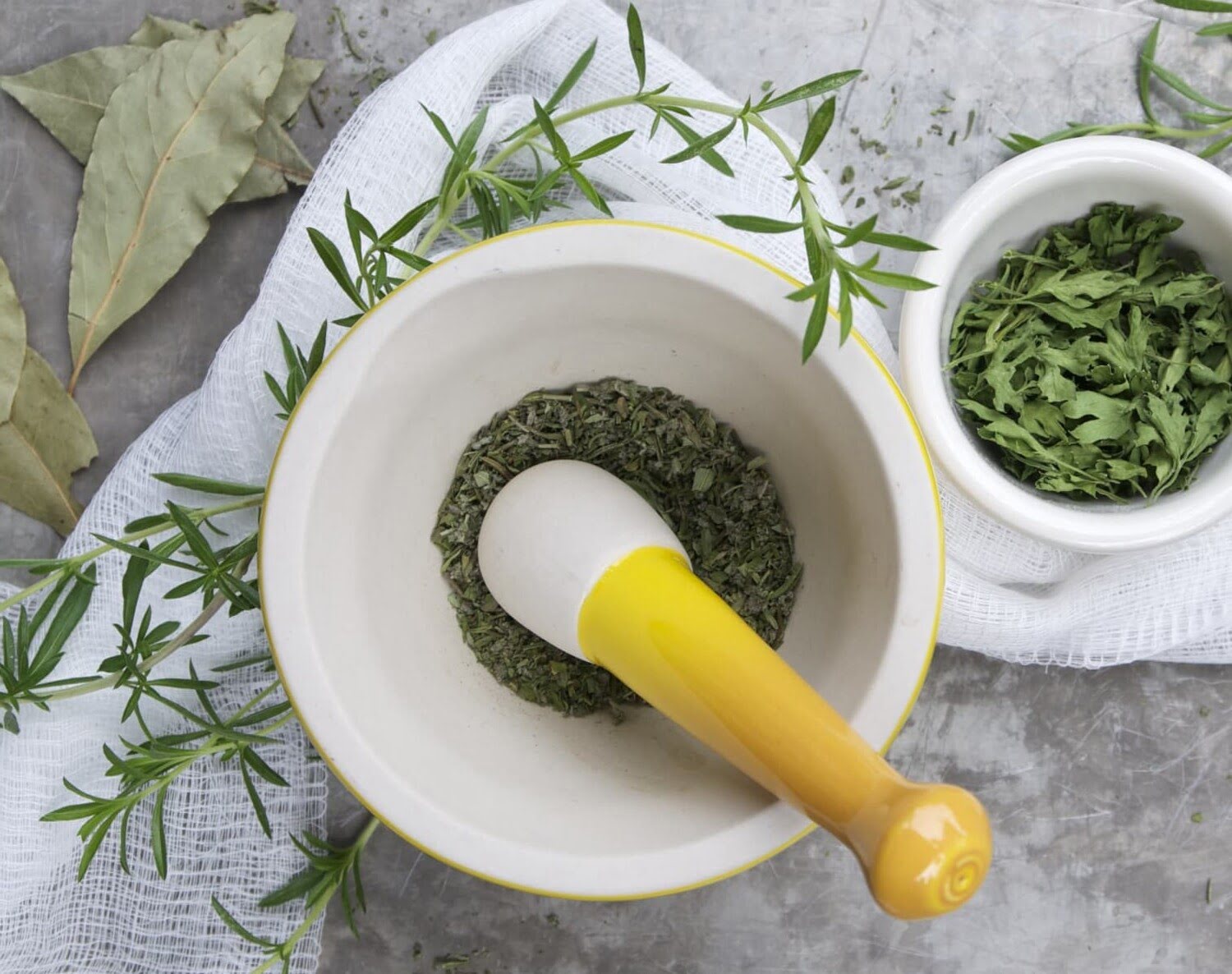

Garden Plants
How To Dry Out Thyme Leaves
Modified: October 20, 2024
Learn the best ways to dry out thyme leaves from plants. Preserve their flavors and aroma with our step-by-step guide on drying herbs.
(Many of the links in this article redirect to a specific reviewed product. Your purchase of these products through affiliate links helps to generate commission for Storables.com, at no extra cost. Learn more)
Introduction
Welcome to this guide on how to dry out thyme leaves! Thyme is a versatile and aromatic herb that is commonly used in culinary dishes, teas, and even medicinal remedies. Drying thyme leaves is a great way to preserve their flavor and extend their shelf life so that you can enjoy them throughout the year.
In this article, we will explore the benefits of drying thyme leaves, the proper techniques for harvesting and washing the leaves, as well as two popular methods for drying them out: air drying and oven drying. We will also discuss the proper storage methods for dried thyme leaves to ensure their long-lasting freshness and potency.
Whether you have an abundant thyme plant in your garden or you have purchased fresh thyme from the store, learning how to dry out thyme leaves will allow you to have a readily available supply of this fragrant herb for your cooking and other purposes.
So, let’s dive in and discover the wonderful world of drying thyme leaves!
Key Takeaways:
- Preserve the flavor and aroma of thyme by air drying or oven drying the leaves. Proper storage ensures long-lasting freshness, making dried thyme a convenient and cost-effective culinary essential.
- Harvest, wash, dry, and store thyme leaves to enjoy their delightful flavors and aromas year-round. Whether from your garden or store-bought, drying thyme leaves is a rewarding labor of love.
Read more: How To Store Dried Thyme
Benefits of Drying Thyme Leaves
Drying thyme leaves offers several benefits that make it a popular method for preserving this fragrant herb. Here are some of the key advantages:
- Extended Shelf Life: By drying thyme leaves, you can significantly extend their shelf life. Fresh thyme leaves have a short lifespan, typically lasting for only a week or two in the refrigerator. However, dried thyme can be stored for months or even years without losing its flavor or potency.
- Convenience: Dried thyme is incredibly convenient to have on hand. When a recipe calls for thyme, you can simply reach for your jar of dried leaves and add them to your dish. This eliminates the need for frequent trips to the grocery store or the hassle of growing thyme plants year-round.
- Intensified Flavor: Contrary to what one may expect, drying thyme leaves actually enhances their flavor. The drying process concentrates the essential oils in the leaves, resulting in a more potent and robust taste. Dried thyme can add a delightful earthy and slightly minty flavor to a wide range of dishes.
- Versatility: Dried thyme leaves are incredibly versatile and can be used in various ways. They can be added to soups, stews, sauces, marinades, and salad dressings to impart a lovely aroma and flavor. Dried thyme leaves can also be used to make herbal teas or infused into oils for topical applications.
- Cost-effective: Drying thyme leaves at home is a cost-effective solution compared to buying pre-packaged dried thyme from stores. It allows you to make use of excess thyme from your garden or take advantage of budget-friendly fresh thyme deals when available.
Now that you know the benefits of drying thyme leaves, let’s move on to the next section where we’ll explore the proper techniques for harvesting and preparing thyme leaves for drying.
Harvesting Thyme
Harvesting thyme is a straightforward process that requires a few simple steps. Here’s how you can harvest thyme leaves for drying:
- Timing: Thyme leaves are best harvested when the plant is in full bloom, usually in the summer months. This is when the leaves contain the highest concentration of essential oils, which contribute to their flavor and aroma.
- Tools: To harvest thyme, you will need a pair of clean gardening shears or sharp scissors.
- Cutting Method: Identify the stems on the thyme plant that have fully developed leaves. Hold the stem just above where new growth starts and make a clean cut using the shears. You can harvest individual stems or cut larger sections depending on your preference.
- Leave Growth: It is essential to leave some growth on the thyme plant while harvesting. Avoid cutting all the stems down to the base, as this can hinder the plant’s ability to regenerate and grow new leaves.
- Quantity: Harvest thyme leaves based on your needs. If you have a large thyme plant, you can harvest a generous amount for drying. However, it’s important not to overharvest and leave enough leaves on the plant to allow for continued growth.
Once you have harvested your thyme leaves, it’s time to move on to the next step: washing them to remove any dirt or debris.
Washing Thyme Leaves
Properly washing thyme leaves is crucial before drying them to ensure that they are free from dirt, dust, and any potential contaminants. Here’s a step-by-step guide on how to wash thyme leaves:
- Separate the Leaves: Separate the thyme leaves from the stems by gently sliding your fingers along the stem in the opposite direction of the leaf growth. The leaves should easily come off without much effort.
- Rinse with Water: Place the thyme leaves in a colander and rinse them under cool, running water. Allow the water to run through the leaves, ensuring that all sides are thoroughly rinsed.
- Inspect for Debris: While rinsing, visually inspect the leaves for any remaining debris, such as dirt or insects. Gently shake the colander to remove any excess water and inspect closely.
- Pat Dry: Once the thyme leaves are rinsed and inspected, gently pat them dry with a clean kitchen towel or paper towels. Be careful not to bruise or crush the leaves during the drying process.
- Air Drying: If you plan to air dry the thyme leaves, it is best to allow them to air dry for a few hours after washing. This helps remove any excess moisture before proceeding to the drying method of your choice.
By following these steps, you can ensure that your thyme leaves are clean and ready for the drying process. In the next sections, we will explore two popular methods for drying thyme leaves: air drying and oven drying.
Spread fresh thyme leaves in a single layer on a paper towel and place in a dry, well-ventilated area. Turn the leaves occasionally until they are completely dry, usually within 1-2 weeks.
Air Drying Thyme Leaves
Air drying is one of the simplest and most traditional methods of drying thyme leaves. It allows the leaves to naturally dehydrate while preserving their flavor and aroma. Follow these steps to air dry your thyme leaves:
- Bunching: Gather a small bundle of thyme stems and tie them together at the base using kitchen twine or a rubber band. Ensure that the bundle is not too large, as thick bunches may hinder the drying process.
- Hanging: Hang the thyme bundle upside down in a warm, well-ventilated area. Choose a location away from direct sunlight and any sources of moisture to avoid mold growth. You can hang the bundle from a ceiling hook or a drying rack.
- Avoiding Dust: To prevent dust from settling on the drying thyme leaves, you can loosely cover the bundle with a paper bag or thin cloth, leaving enough room for airflow. This helps to maintain cleanliness during the drying process.
- Patience and Check Regularly: Allow the thyme bundle to dry for about 1 to 2 weeks, depending on the humidity levels in your area. Check the leaves regularly to monitor their progress. They should feel dry and brittle when fully dehydrated.
- Leaf Removal: Once the leaves are completely dried, gently remove them from the stems by sliding your fingers along the stem. Discard any stems or debris and retain the dried thyme leaves.
Air drying thyme leaves is a simple and effective method that preserves the flavor and aroma of the herb. Once you have successfully air dried your thyme leaves, it’s time to store them properly for long-term use.
In the next section, we will discuss the process of oven drying thyme leaves as an alternative method for those who prefer a quicker drying method.
Read more: How To Store Dried Mullein Leaves
Oven Drying Thyme Leaves
If you prefer a faster and more controlled method of drying thyme leaves, oven drying is a great option. This method allows you to quickly dehydrate the leaves while still retaining their flavor and aroma. Follow these steps to oven dry your thyme leaves:
- Preheat the Oven: Preheat your oven to the lowest temperature setting, usually around 100-120°C (200-250°F). It’s important not to set the temperature too high, as this can cause the thyme leaves to lose their flavor and color.
- Prepare Baking Sheet: Line a baking sheet with parchment paper or a silicone baking mat to prevent the thyme leaves from sticking and to ease the cleaning process afterward.
- Spread the Leaves: Spread the thyme leaves evenly in a single layer on the prepared baking sheet. Avoid overcrowding the leaves, as this can prevent proper airflow and result in uneven drying.
- Place in the Oven: Place the baking sheet with the thyme leaves in the preheated oven. Keep the oven door slightly ajar to allow moisture to escape and for proper airflow.
- Dry the Leaves: Let the thyme leaves dry in the oven for approximately 1 to 2 hours. The exact drying time may vary depending on the moisture content of the leaves and the temperature of your oven. Keep an eye on them to prevent any burning.
- Check for Dryness: To check if the thyme leaves are fully dried, remove a leaf from the oven and allow it to cool. If it crumbles easily between your fingers, it is fully dehydrated. If it feels slightly moist, return it to the oven for further drying.
- Remove and Cool: Once the thyme leaves are fully dried, remove the baking sheet from the oven and set it aside to cool completely. This will allow the leaves to crisp up further.
- Separate and Store: Once the leaves are cooled, gently separate them from the baking sheet and transfer them into an airtight container or glass jar for storage.
Oven drying thyme leaves provides a quick and efficient way to preserve their flavor and aroma. However, it is essential to keep a close eye on the leaves to prevent them from burning or becoming overly dry. Once you have successfully dried your thyme leaves, it’s time to store them for future use.
In the next section, we will discuss the proper storage methods for dried thyme leaves to ensure their long-lasting freshness and potency.
Storing Dried Thyme Leaves
Proper storage is key to maintaining the flavor, aroma, and potency of dried thyme leaves. Follow these guidelines to ensure that your dried thyme leaves stay fresh for an extended period:
- Clean and Dry Containers: Before storing your dried thyme leaves, ensure that the containers or glass jars are clean, dry, and airtight. This prevents moisture and air from entering, which can cause the leaves to lose their potency.
- Label and Date: It’s essential to label your containers with the date of drying and the herb’s name. This helps you keep track of the freshness and potency of the thyme leaves as time passes.
- Cool and Dark Storage: Store your dried thyme leaves in a cool, dark place away from direct sunlight. Exposure to light can cause the leaves to fade and lose their flavor over time.
- Avoid Heat and Moisture: Keep the dried thyme leaves away from heat sources, such as stoves or ovens, as well as areas with high humidity, like the refrigerator or near the sink. These conditions can degrade the quality of the herbs.
- Whole Leaves vs. Ground: While it’s best to store thyme leaves whole, you can also grind them into a powder or crush them if desired. Ground thyme leaves have a shorter shelf life and may lose their potency more quickly.
- Regular Inspection: Periodically check the stored dried thyme leaves for any signs of moisture, mold, or deterioration. If you notice any changes, discard the affected leaves to prevent spoilage.
- Usage and Replacement: As you use your dried thyme leaves, remember to replace your storage containers with fresh batches periodically. This ensures that you always have flavorful and aromatic thyme leaves on hand.
By following these storage guidelines, you can enjoy the flavor and aroma of your dried thyme leaves for an extended period.
Congratulations! You’ve learned how to harvest, wash, dry, and store thyme leaves. Now, you can confidently incorporate the fragrance and flavor of thyme into your culinary creations, teas, and herbal remedies all year round.
Remember, whether you choose air drying or oven drying, the process of drying thyme leaves is a labor of love that rewards you with an aromatic and versatile herb to enhance your cooking and enjoyment of all things thyme!
Conclusion
Congratulations on completing this comprehensive guide on how to dry out thyme leaves! By learning the benefits of drying thyme leaves, the techniques for harvesting and washing them, as well as the methods for air drying and oven drying, you are now equipped with the knowledge to preserve the flavor and aroma of this versatile herb.
Drying thyme leaves extends their shelf life, providing you with a convenient and cost-effective way to have this aromatic herb on hand whenever you need it. Whether you choose the traditional method of air drying or the quicker method of oven drying, both techniques yield dried thyme leaves that can enhance the flavors of various culinary dishes, teas, and even homemade remedies.
Remember to store your dried thyme leaves in clean, airtight containers, away from heat, moisture, and direct sunlight. Proper storage ensures the long-lasting freshness and potency of the dried leaves, allowing you to enjoy their delightful flavors and aromas for months or even years to come.
Now, armed with your dried thyme leaves, you can effortlessly add a touch of earthiness, mintiness, and complexity to your soups, stews, sauces, marinades, and more. Get creative and experiment with different recipes and applications to fully appreciate the wonders of thyme.
So, whether you have an abundant thyme plant in your garden or you purchase fresh thyme from the store, don’t let this precious herb go to waste. Instead, harness its aromatic powers by drying out thyme leaves and enjoy the convenience and flavor enhancement they provide in your culinary adventures.
Thank you for taking the time to learn about the art of drying thyme leaves. Now go forth, embrace your newfound knowledge, and savor the delicious essence of thyme in all your favorite dishes!
Frequently Asked Questions about How To Dry Out Thyme Leaves
Was this page helpful?
At Storables.com, we guarantee accurate and reliable information. Our content, validated by Expert Board Contributors, is crafted following stringent Editorial Policies. We're committed to providing you with well-researched, expert-backed insights for all your informational needs.
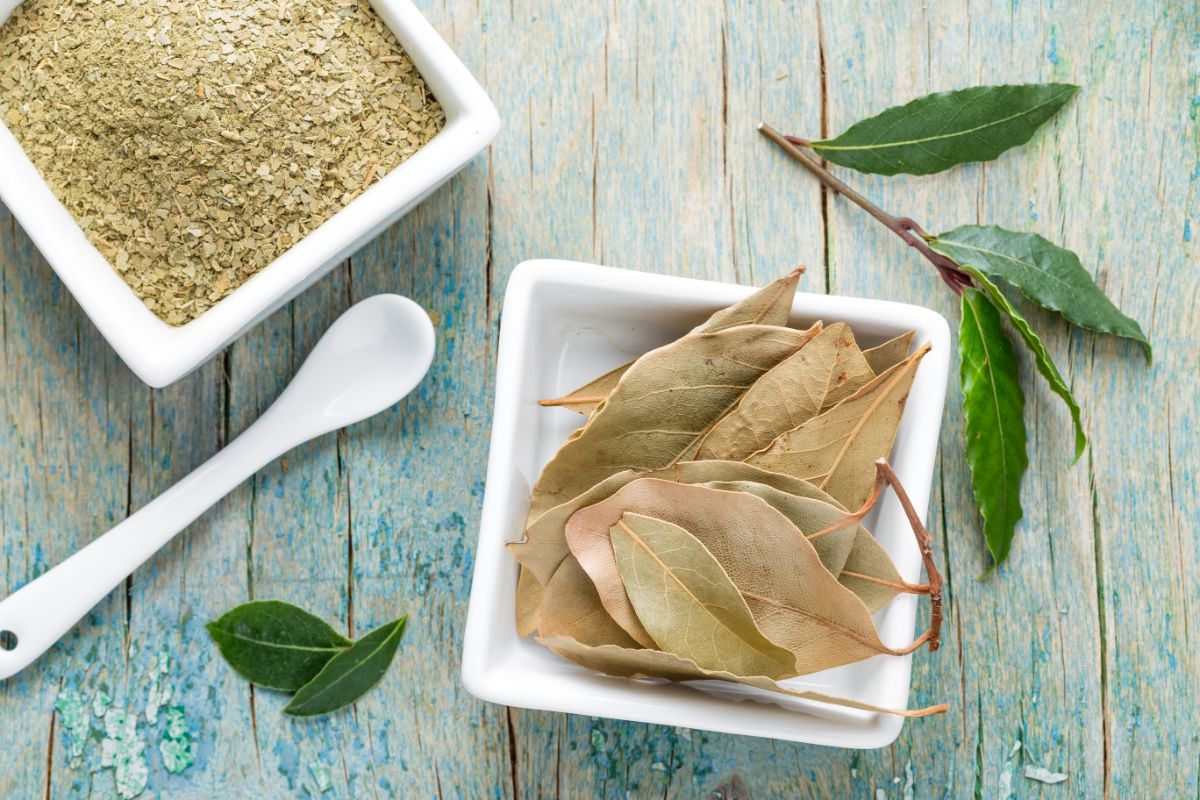
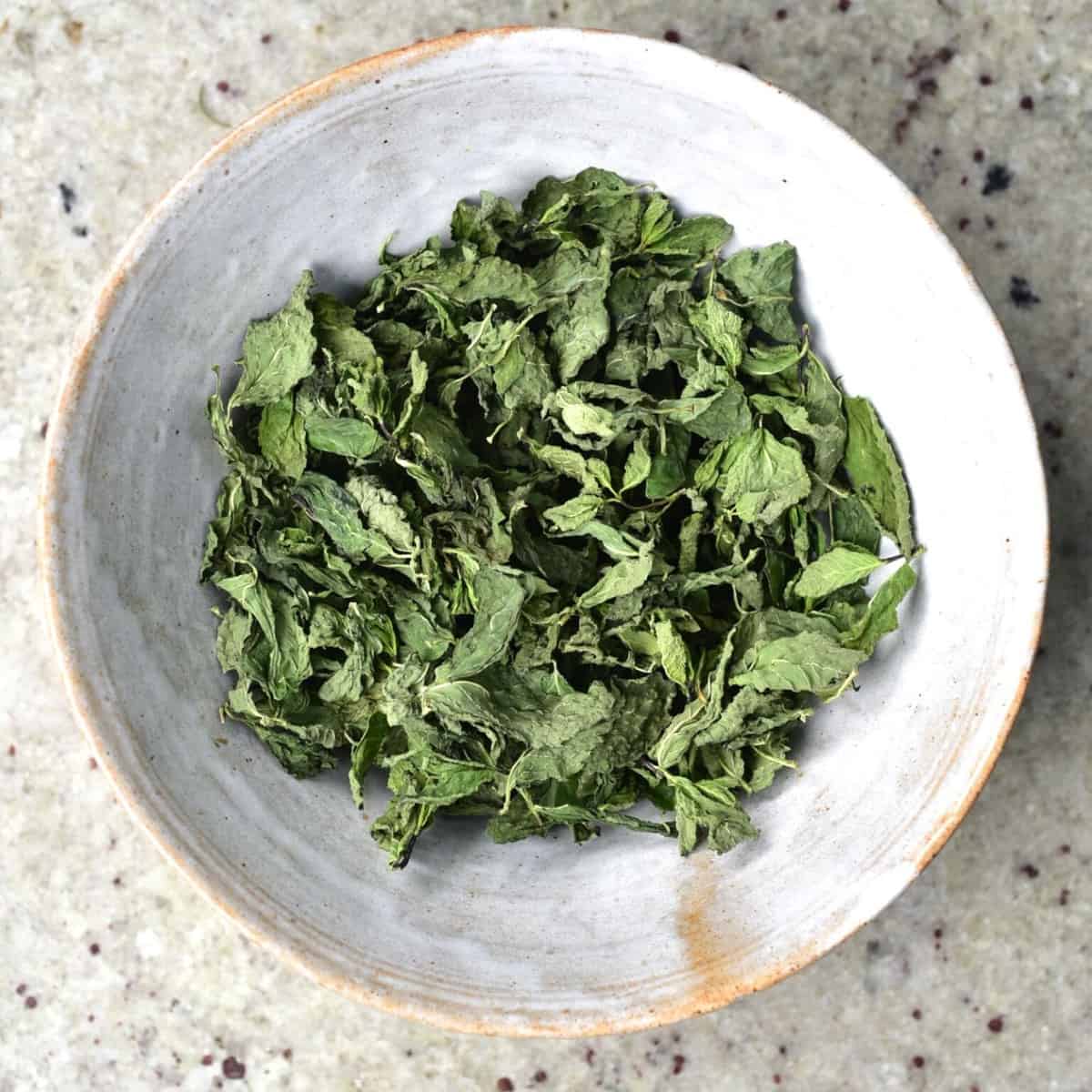
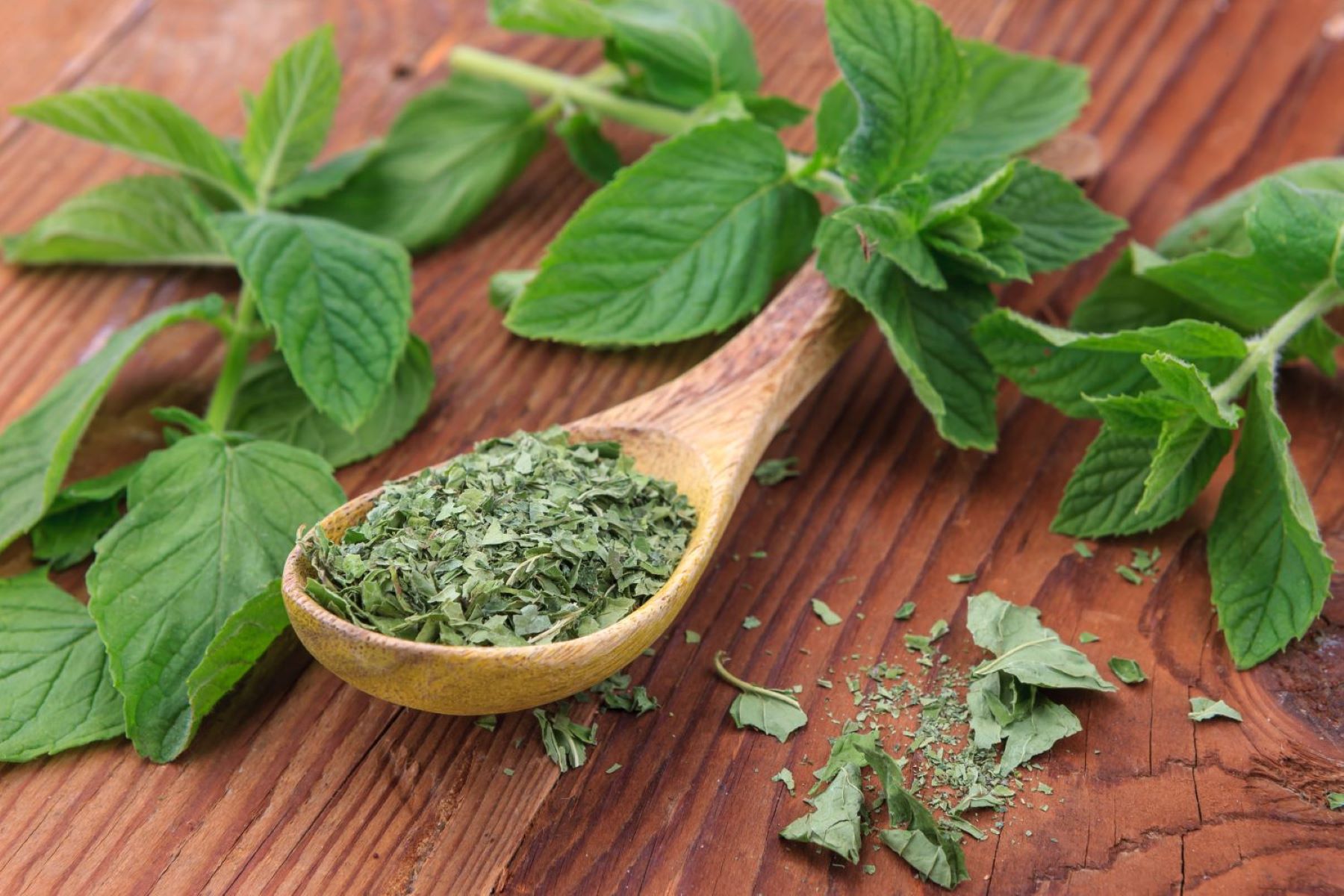
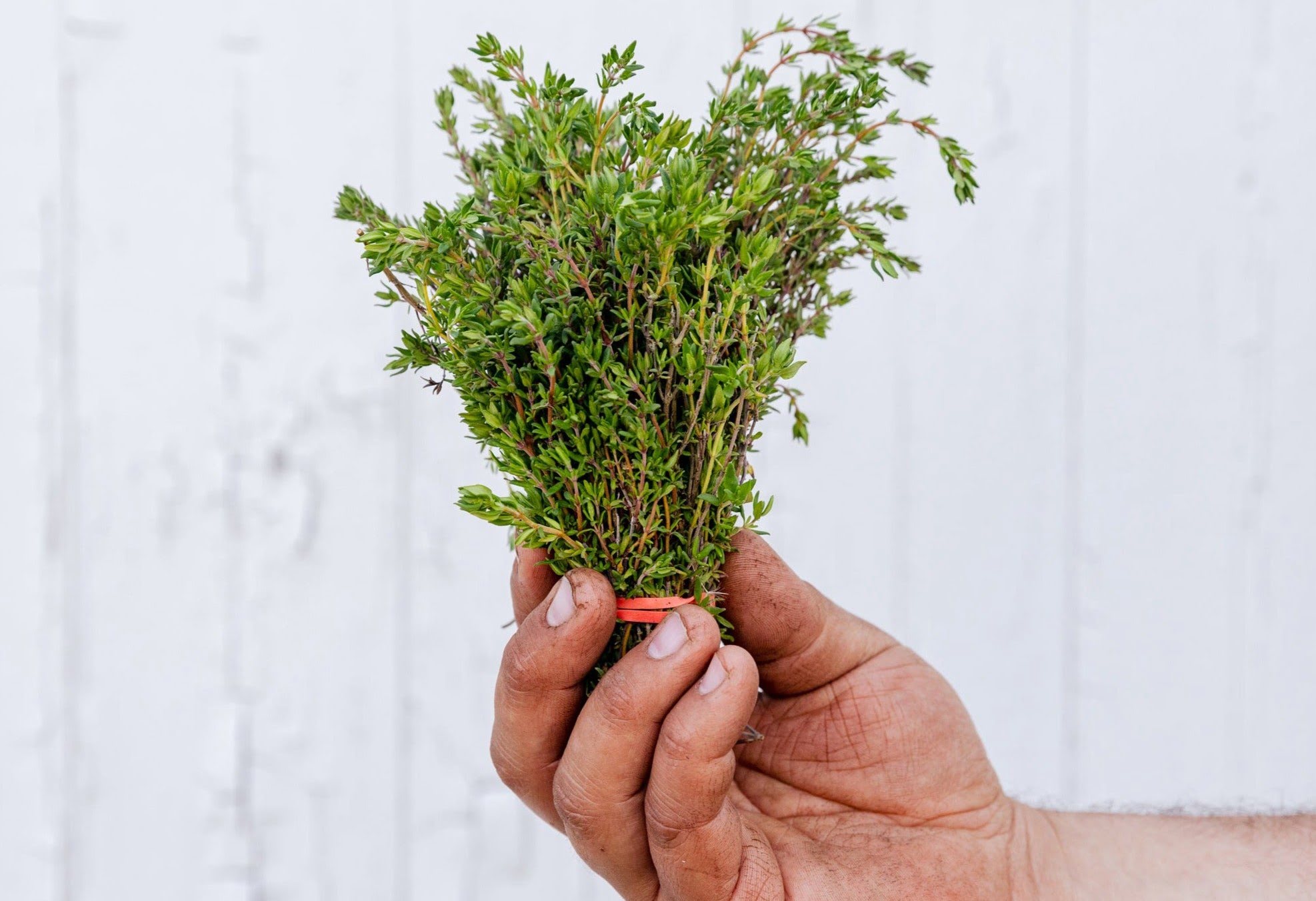
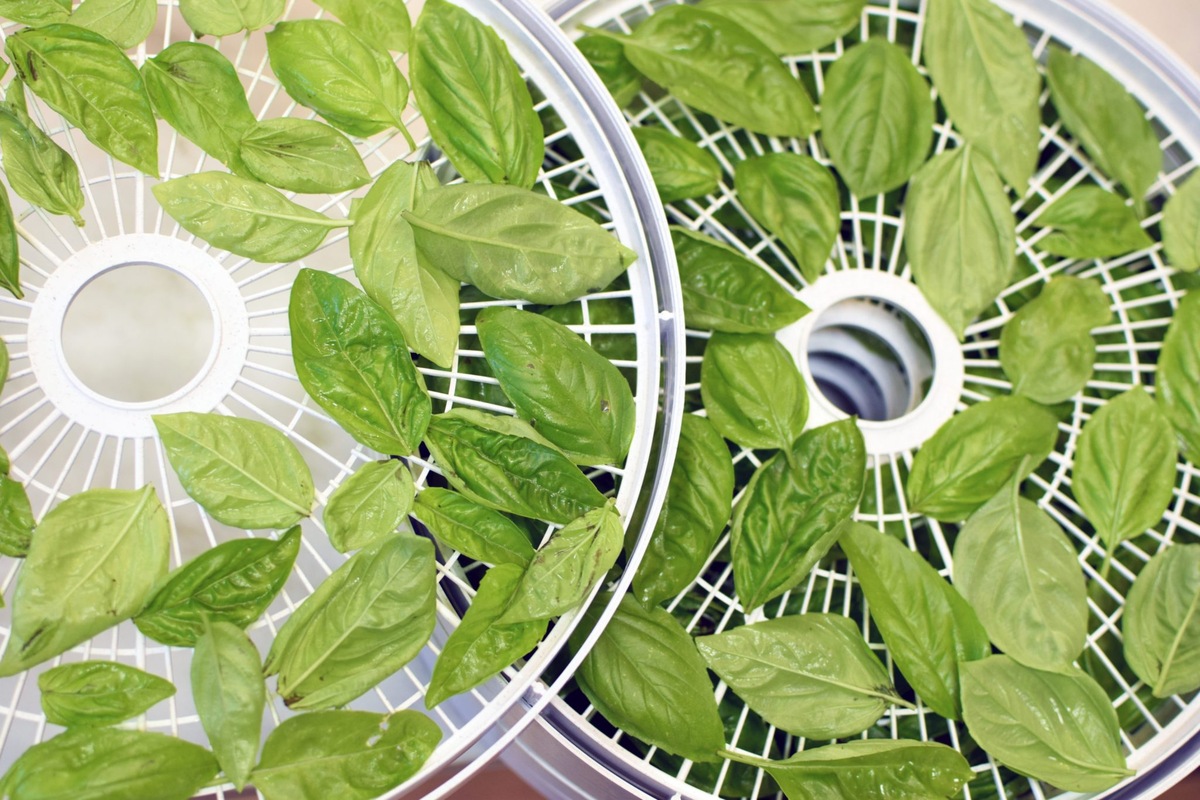
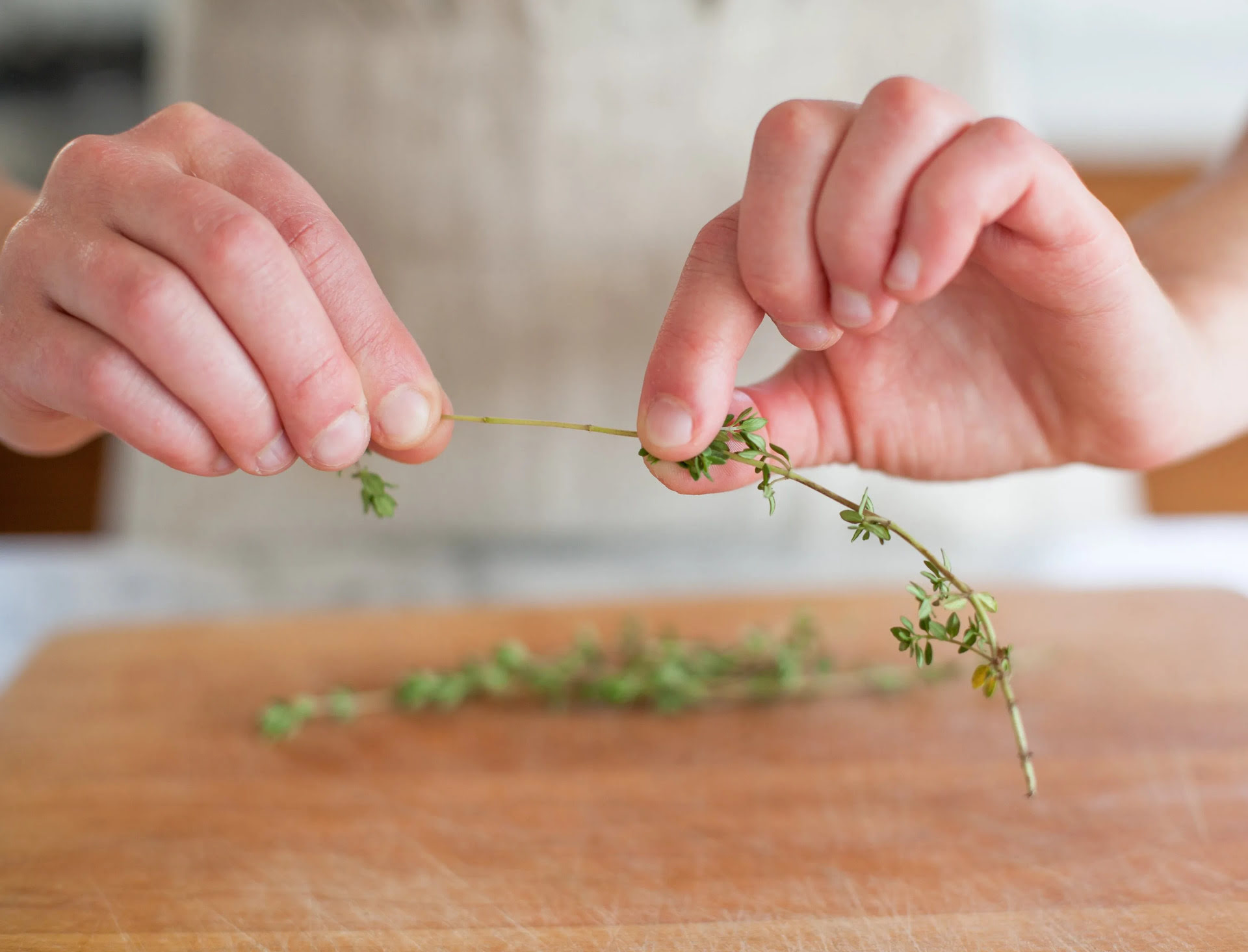
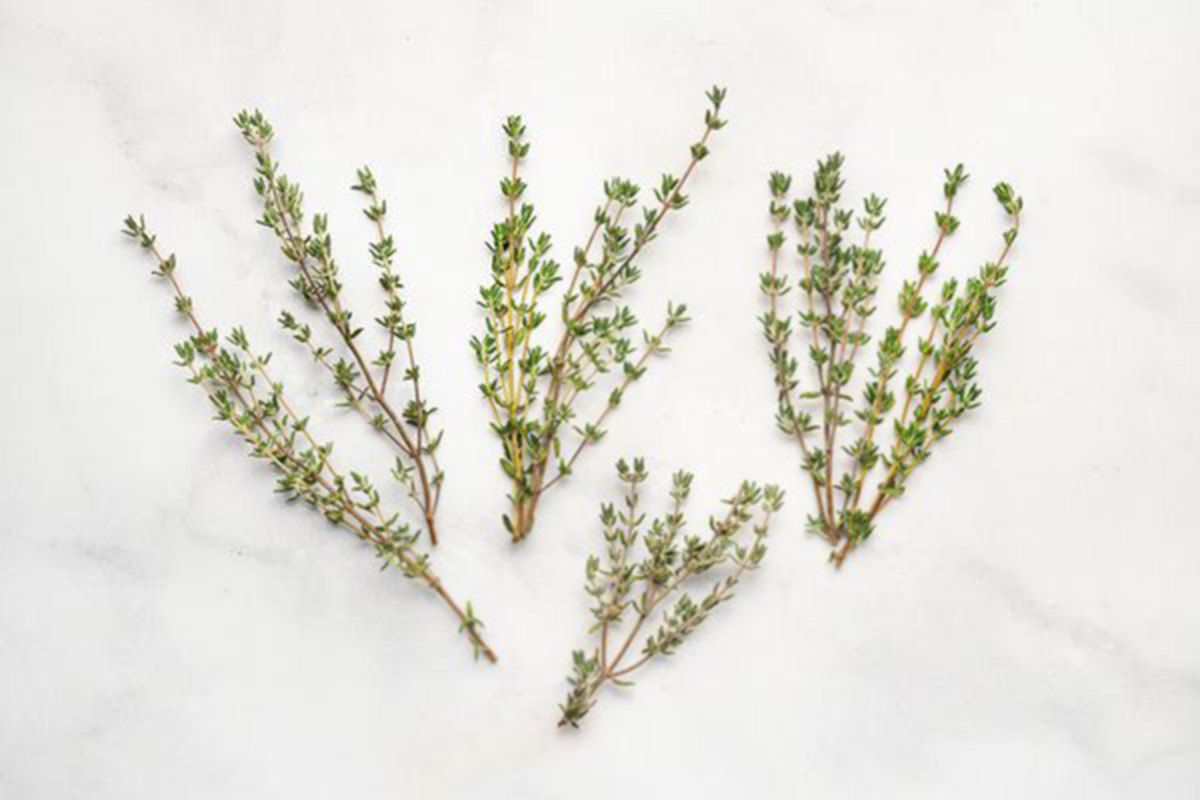
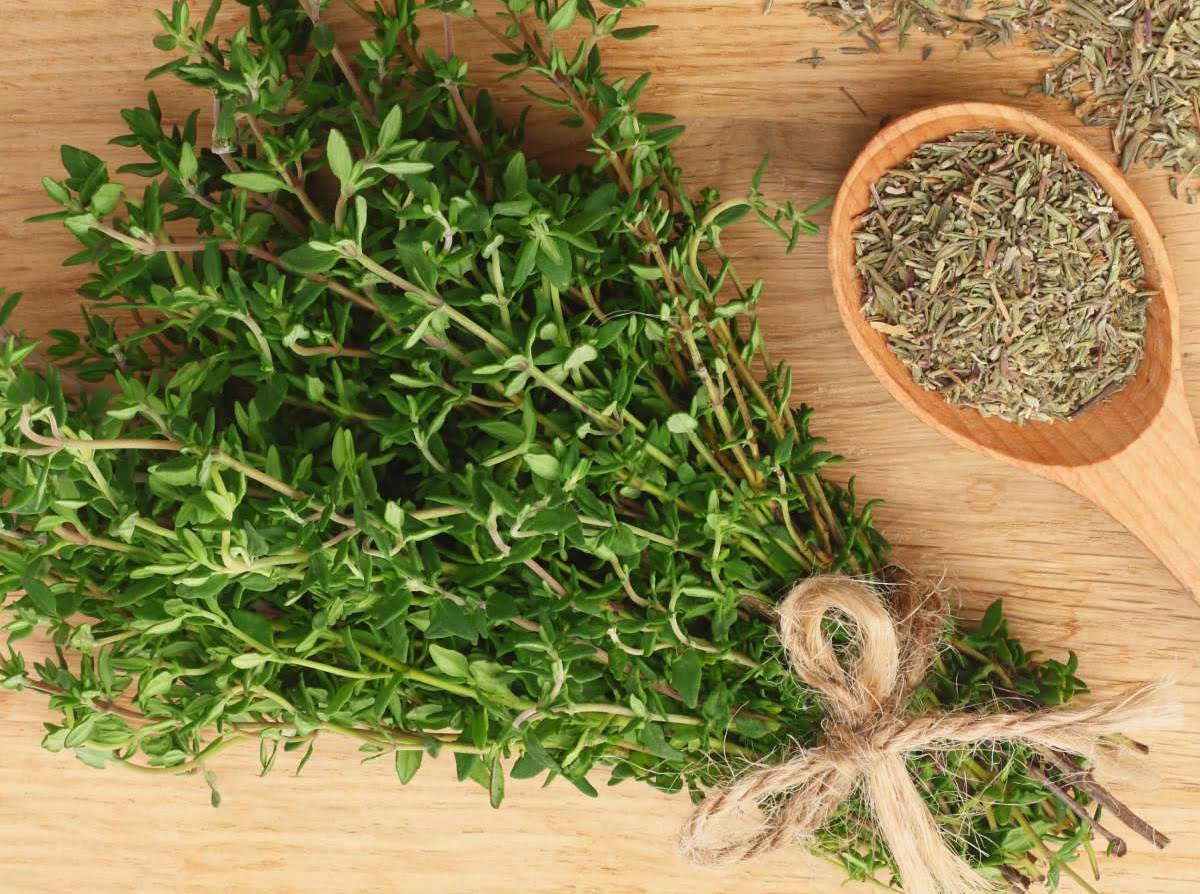
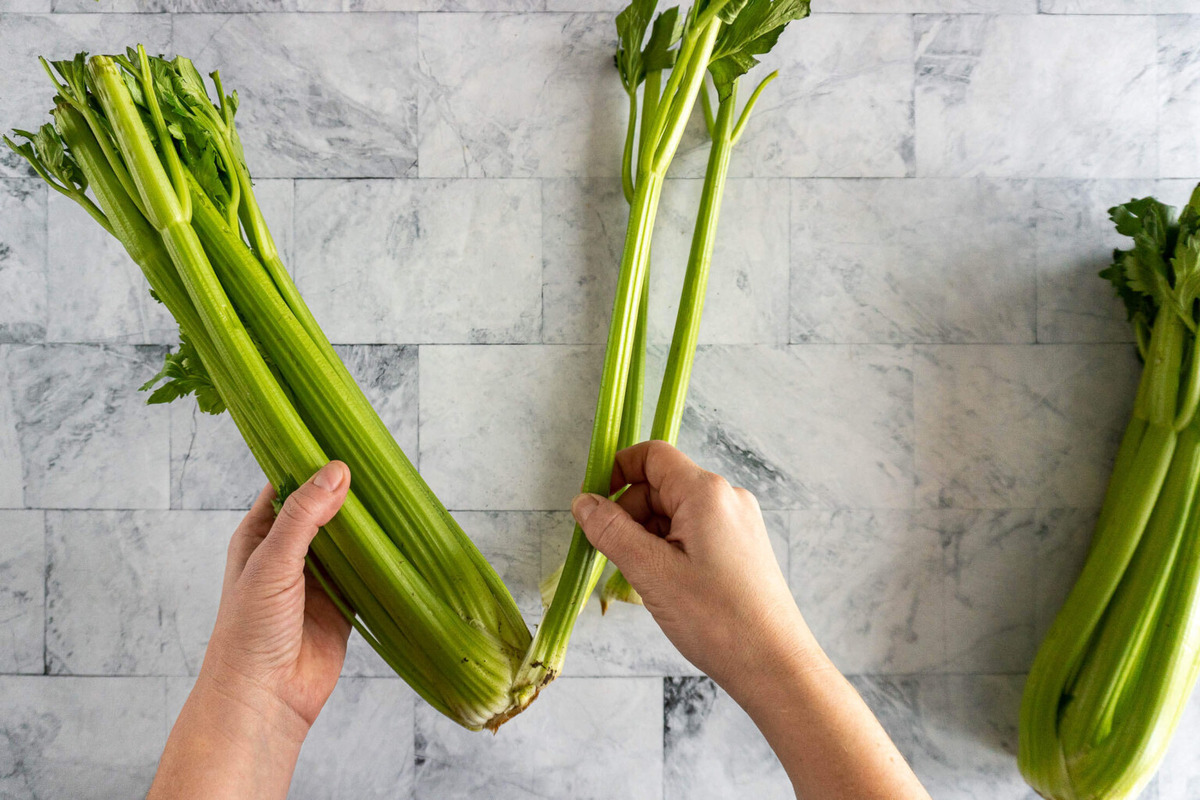
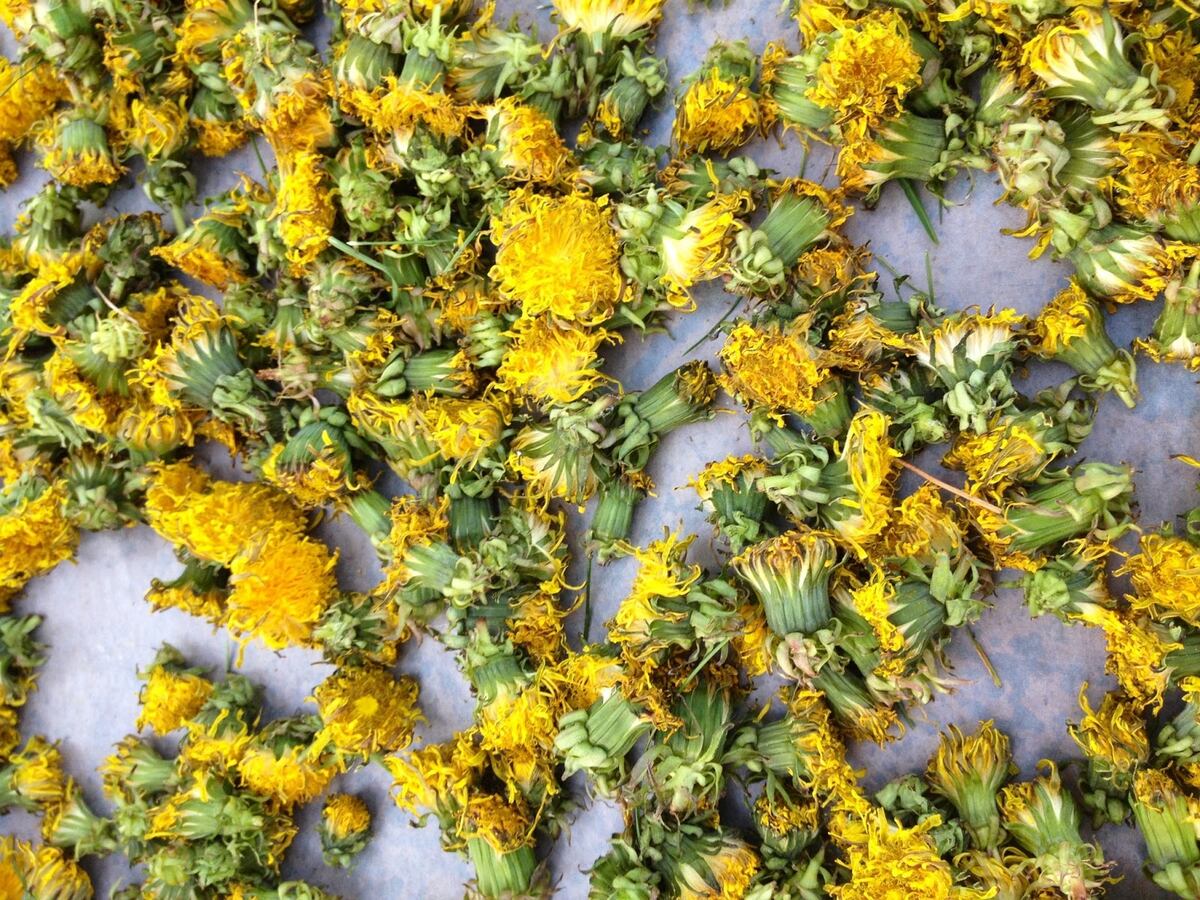

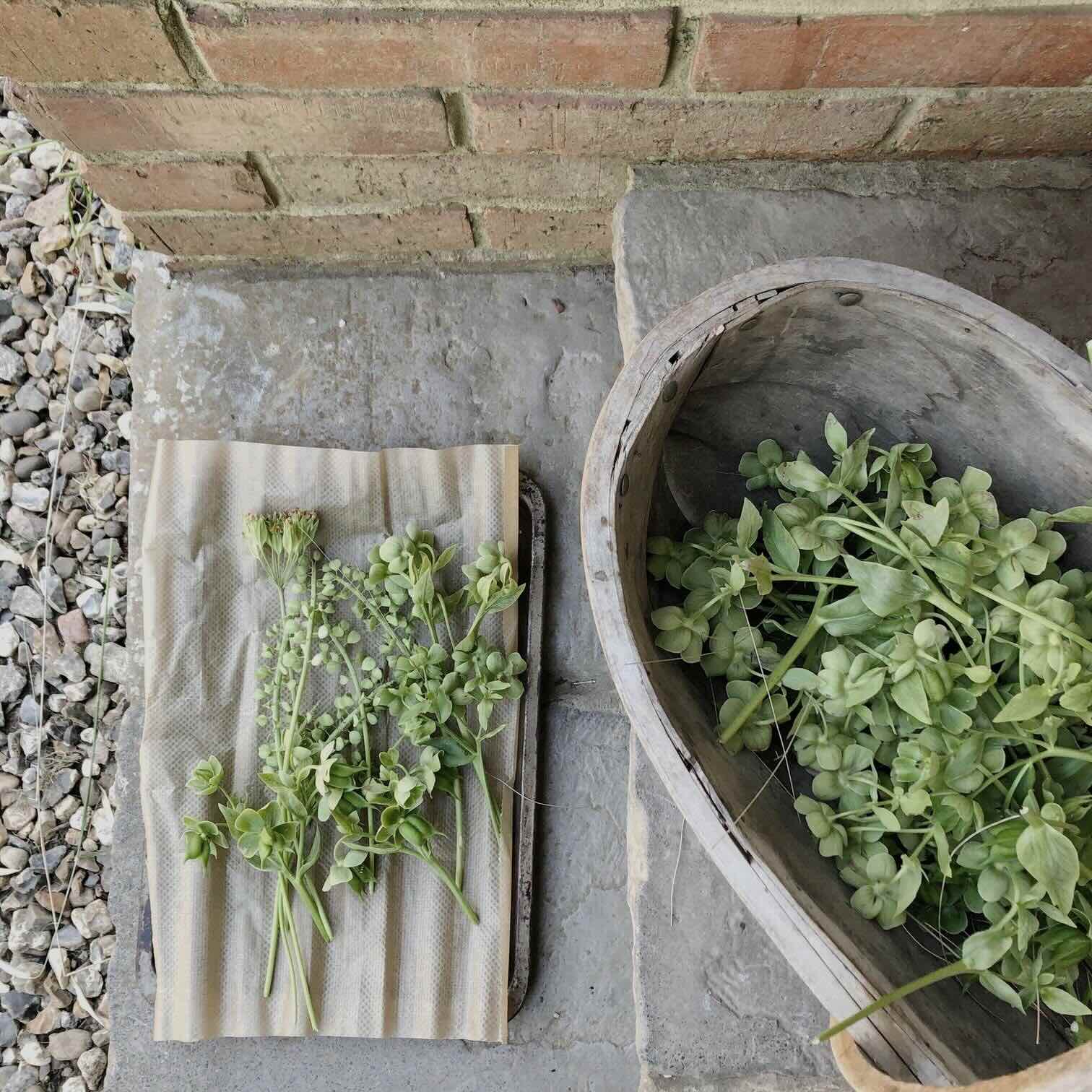
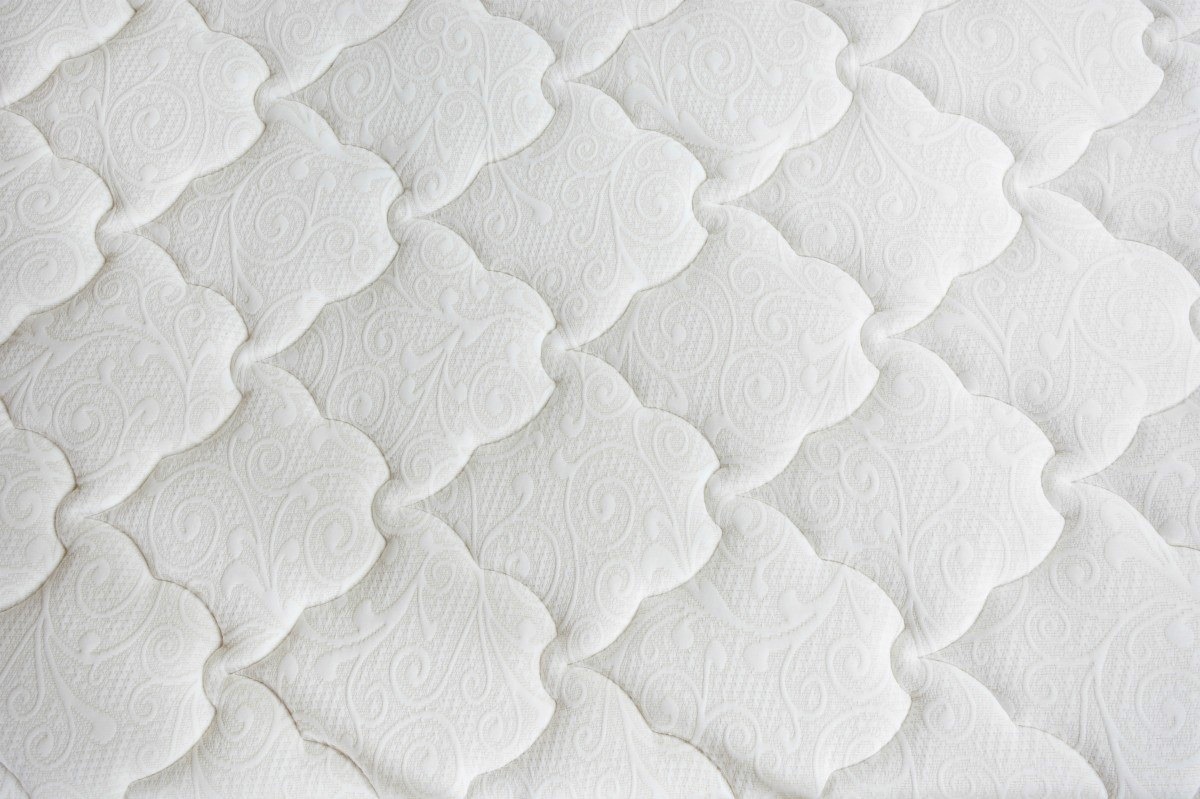
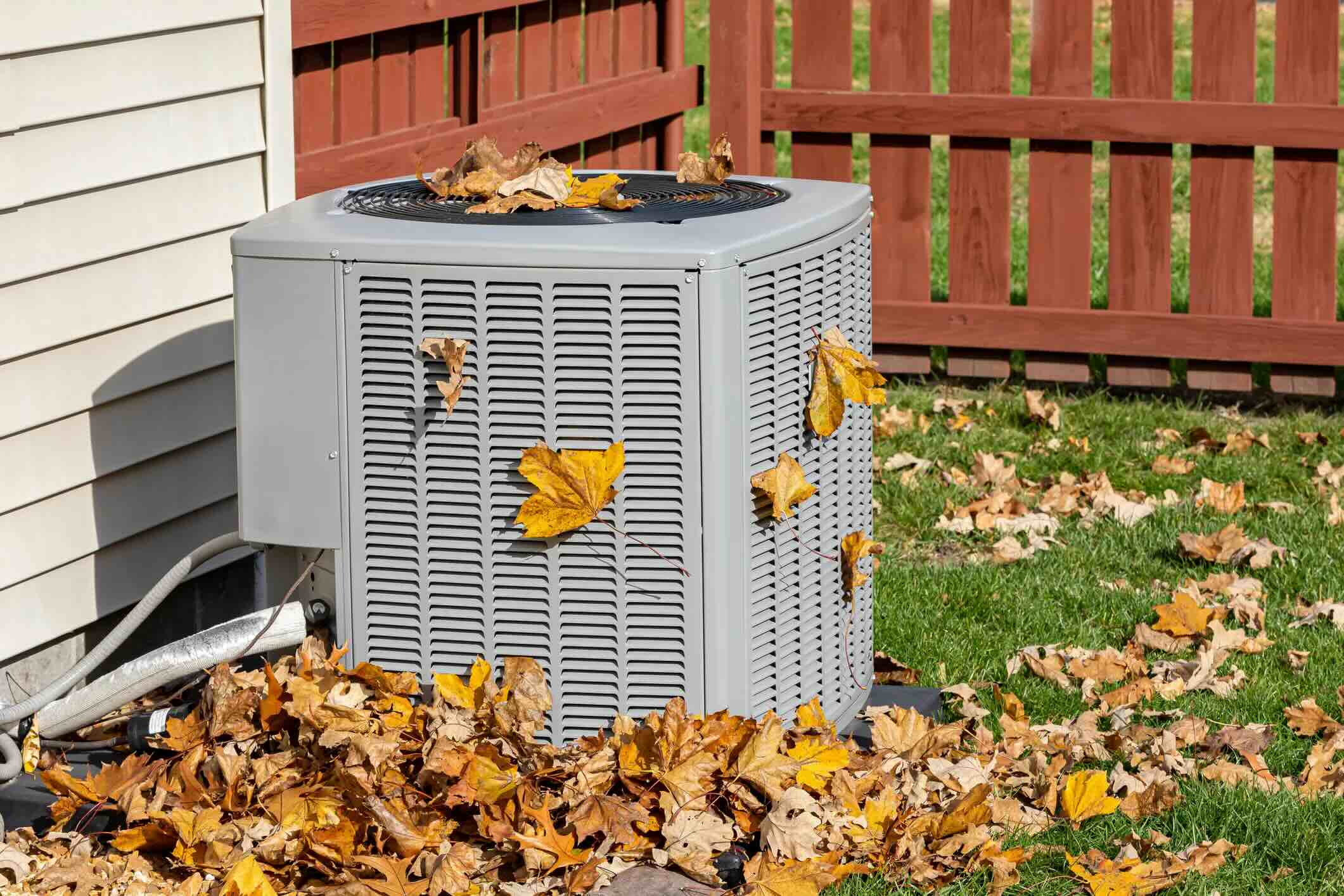

0 thoughts on “How To Dry Out Thyme Leaves”